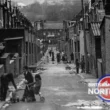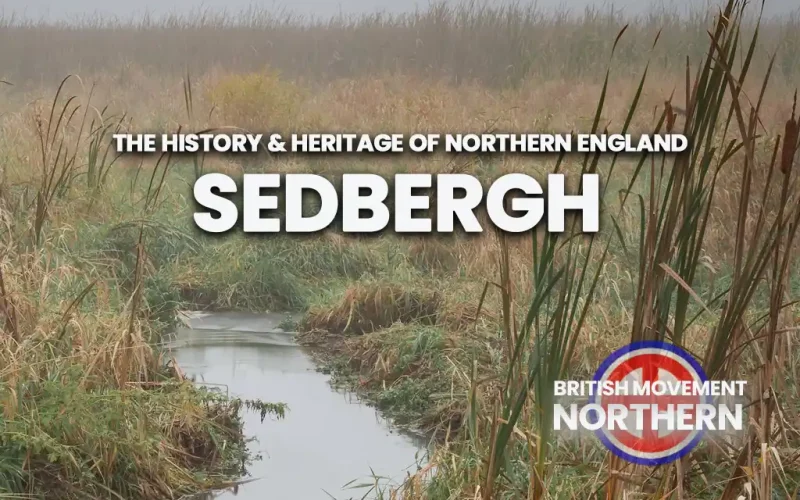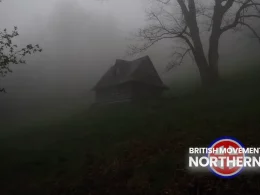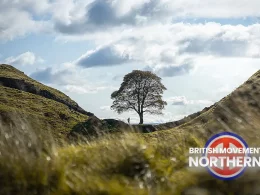Historically, there are no written records of Sedbergh until its inclusion in the Domesday Book in the late 11th Century, around 1086, but it is generally accepted by historians that a small settlement was established during the Anglo-Saxon period and was then occupied by Norse settlers in the 10th Century. In Domesday Book, the settlement is recorded as Set Berg.
Sedbergh sits at the meeting point of four northern valleys, the town sits in the Pennines at the point where the rivers Lune, Rawthey, Dee, and Clough converge, the valleys of Garsdale and Dentdale.
Although there are no records of the settlement in prehistory, the region was under the control of the Celtic tribe the Brigantes before and after the Roman invasion of Britain. The Romans do not appear to have had any permanent presence in the Sedbergh area although their roads through the North-West of England were relatively close.
‘Set Burgh’ was the first recognised settlement and fell under the control of the Anglo-Saxon kingdom of Northumbria and was ruled from York.
The Norman church in Sedbergh was first established in the 12th Century as Saint Andrew’s Church. The Norman overlords built a motte and bailey castle in Sedbergh at the location which was subsequently named Castleshaw. As with many areas of the North in the medieval period, Sedbergh suffered from raids and incursions from Scotland.
A regular market was granted to the town in the 13th Century and has continued up to modern times. In the fifteenth century, Ingmire Hall was constructed by the wealthy Upton family just outside the town. The Upton family were major landowners in the Sedbergh area, and John Upton was the Member of Parliament for Preston between 1667 and 1681, in the period after the English Civil War.
Locally powerful and influential, the Upton family funded the building of Saint Gregory’s Church on the outskirts of Sedbergh in the 1860’s.
For government administration purposes, Sedbergh was traditionally part of Yorkshire, it was listed as being part of the Ewecross Wapentake within the West Riding of Yorkshire.
The industrial revolution had a limited impact on Sedbergh, there were of course transport improvements, the road networks were developed and the railways reached the town in 1861. However the main railway station in Sedbergh was closed down in the 1950’s. Although Sedbergh profited from the sale and manufacture of local wool, the textile industry never expanded beyond a single mill.
In the local government restructuring of the later 20th Century, in 1974, Sedbergh was taken out of the West Riding of Yorkshire and put under the governance of Cumbria, these days the local authority for the town falls under Westmorland and Furness.
In the modern era, Sedbergh remains a small market town and has developed as a strong tourist centre without becoming overdeveloped or greatly increasing its population. Farming and livestock remain a key component of the town’s economy.
Sedbergh is a White town; the most recent census data, (2011) gives the population breakdown as White British and other White nationalities, which includes Irish and Eastern Europeans at 98.6% White, a clear recommendation.
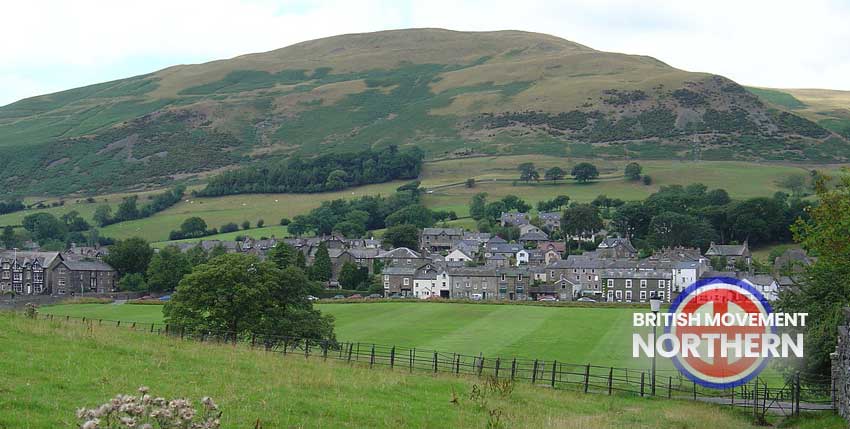
Resources
Lower Image: Sedbergh. Zaian at English Wikipedia, Public domain, via Wikimedia Commons.
The British Movement welcomes articles for possible inclusion on this site from members and supporters across the North of England. Please remember that we have to operate within the laws of this country – we will not include any content that is against the current laws of the United Kingdom. News reports should be topical and be relevant to the regions covered by this website.



